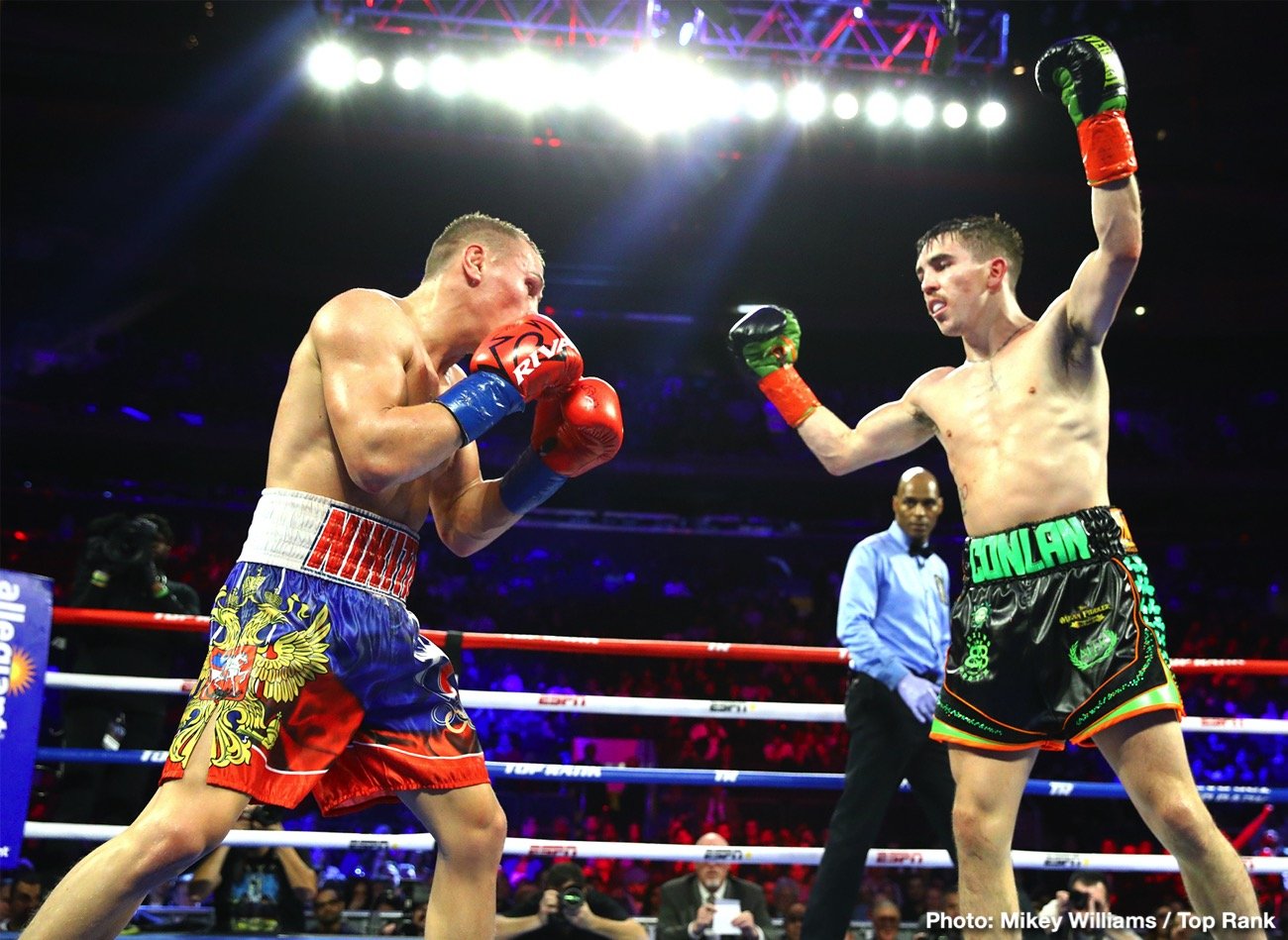Boxing Rules Every Fighter Needs to Know Before Entering the Ring

The Unwritten Code Behind the Gloves
Before any athlete dares to step between the ropes, a deep understanding of the boxing rules is essential. These principles are more than bureaucratic checkboxes—they are the blueprint of safety, fairness, and strategic brilliance in the ring. Whether you are a seasoned pugilist or an aspiring novice, the significance of grasping the boxing rules cannot be overstated.
Understanding Weight Divisions and Classifications
In the world of professional boxing, not all competitors are created equal. Weight classes exist to preserve balance and integrity. From flyweight to heavyweight, each division prevents mismatched showdowns. A boxer must weigh in within the designated limits—failure to do so often leads to disqualification or reclassification. This structural clarity ensures contests unfold on equal physical terms.
The Role of the Referee: More Than a Mediator
The third individual in the ring, the referee, functions as both judge and guardian. With eyes trained on every movement, their duty lies in maintaining order, enforcing compliance, and intervening when necessary. The referee calls breaks, initiates counts, and may stop the fight if a boxer cannot defend themselves adequately. Their decisions are swift, final, and crucial to a safe bout.
Legal Strikes and Prohibited Actions
Boxing, while brutal in spectacle, is governed by precision and legality. Fighters may only deliver punches with closed fists, targeting the front and sides of the torso and head. Blows to the back of the head, kidney shots, and low blows are strictly forbidden. Deliberate headbutts, holding, and striking after the bell are serious violations and can result in penalties or disqualification.
The Count and the Knockout
One of boxing’s most dramatic moments is the knockdown. When a boxer hits the canvas, the referee begins a count up to ten. Rising before the count is complete signals the bout can continue, pending the referee’s evaluation. If the boxer fails to rise or appears unfit to proceed, the match ends via knockout. The moment is decisive, marking either a spectacular victory or an agonizing defeat.
The Points System and Ringcraft
Not all matches end with a knockout. Many are decided by the scorecards of three ringside judges. Using the 10-point must system, they evaluate each round based on effective aggression, ring generalship, defense, and clean punching. The winner of a round typically receives 10 points, while the opponent earns 9 or fewer. The accumulation of these scores over the bout determines the victor.
Rounds, Rest, and Rhythm
Professional matches range from four to twelve rounds, each lasting three minutes with a minute of rest in between. This cadence of combat tests both physical stamina and mental acuity. Fighters must manage their energy, adjust their strategies, and adapt to the shifting tempo of the contest. Endurance is as vital as raw strength in the championship rounds.
Penalties and Disciplinary Measures
Repeated fouls or blatant disregard for regulations do not go unpunished. Referees may issue warnings, deduct points, or call for disqualification depending on the severity of the infraction. Holding excessively, spitting out the mouthguard to delay, or striking after a break command are among the actions that attract disciplinary scrutiny. Discipline and control are just as vital as skill.
Responsibilities of the Corner
The fighter’s corner team plays a vital, yet often underappreciated, role. They offer tactical insights, manage injuries, and provide psychological support. In some situations, they are entrusted with the safety of their boxer. If the bout turns perilous, a corner can stop the fight by throwing in the towel—a decision never taken lightly.
Pre-Fight Medical Evaluations
Health and safety form the bedrock of modern combat sports. Before any licensed fight, boxers must pass comprehensive medical assessments. This includes cardiovascular testing, neurological exams, and drug screenings. These safeguards prevent athletes from entering the ring with concealed injuries or underlying conditions that could result in permanent harm.
Essential Protective Gear
A boxer’s arsenal isn’t limited to fists. Regulations mandate the use of equipment that ensures safety and fairness. This includes standardized gloves, groin protectors, mouthguards, and in amateur bouts, headgear. Each item undergoes inspection before the match begins. Equipment tampering is not only unethical—it carries steep consequences.
Post-Bout Protocol
Once the final bell rings, the obligation to ensure a boxer’s well-being continues. Medical staff evaluate both fighters for cuts, concussions, or signs of trauma. Based on the assessment, athletic commissions may impose mandatory suspension periods, giving the body time to heal. No fighter, no matter how elite, is exempt from this protocol.
Sportsmanship and Ethical Conduct
The soul of boxing lies not in brute aggression but in mutual respect. Fighters touch gloves before combat begins. After the bell, a show of respect—be it a handshake, embrace, or nod—honors the discipline they share. Taunting, unsportsmanlike conduct, or inciting audiences erodes the sport’s dignity. Legacy is built not just on victories, but on grace and humility.
Mastering boxing involves more than throwing punches. It requires knowledge, respect, discipline, and a deep understanding of the sport’s intricate framework. Those who train their minds as diligently as their bodies rise beyond brawlers to become tacticians, artisans of the ring. True greatness is found not only in winning—but in knowing how to win with honor.


